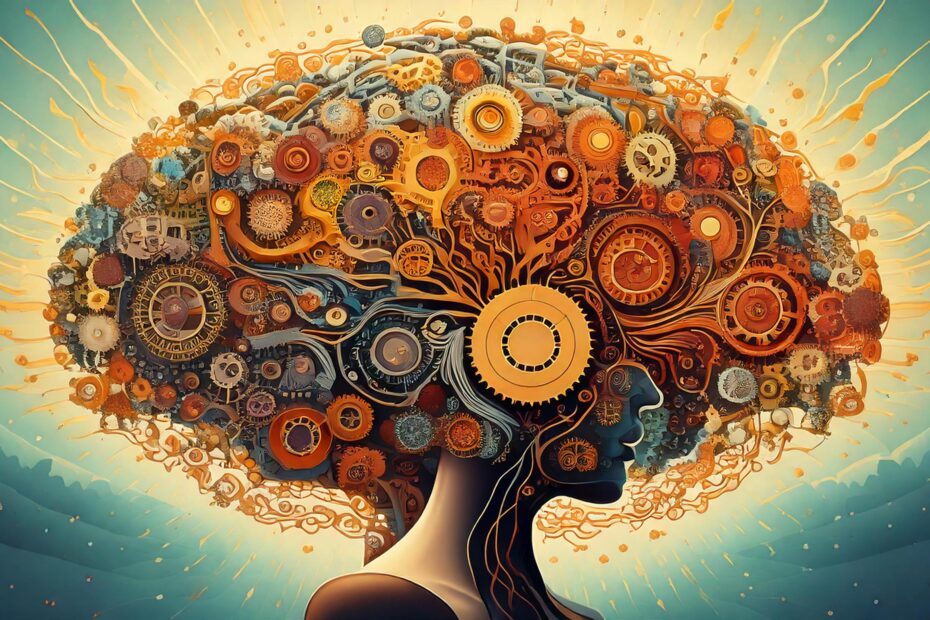Introduction
Most consumer behaviors are learned. Each time a consumer interacts with a brand or product, they gain an experience that influences their future decisions. Learning is at the heart of buying behavior, and marketers can leverage this to develop strategies that improve loyalty and positive brand perception. This article explores the concept of consumer learning, how experiences shape behaviors, and how neuromarketing techniques can create experiences that drive engagement and establish lasting brand connections.
🎙️ Unpack the Topic with this Podcast
What Is Consumer Learning?
Consumer learning is the process by which individuals acquire knowledge, preferences, and attitudes by interacting with products, services, or brands. This process happens mainly through direct experience but also through external sources such as advertising, word-of-mouth, and recommendations.
The fact that most behaviors are learned means that consumers develop habits and expectations based on past experiences. These experiences create automatic responses — nearly instinctive reactions that influence purchasing decisions. For example, a consumer who has had a positive experience with a cosmetic brand is more likely to return to that brand without necessarily comparing the available alternatives.
Key Mechanisms of Consumer Learning
Consumer learning occurs mainly through different mechanisms, including:
1. Conditioned Learning
Conditioned learning relies on associating a stimulus with a specific response. In marketing, it involves linking a brand to a positive emotion or a particular benefit so that, over time, the consumer develops an automatic positive reaction to the brand.
Example: Think of an advertisement for a refreshing drink featuring people having fun at the beach under a bright sun. The brand associates the product with feelings of happiness and relaxation. After repeated exposures, the consumer begins to associate the drink with a pleasant moment, prompting them to buy it.
Neuromarketing Insight: By understanding how emotional triggers affect the brain, marketers can use repetition and emotional stimuli to strengthen these positive associations. Activating specific regions of the brain responsible for pleasure can help create a conditioned response.
2. Learning by Trial and Error
Trial and error learning is also common in buying behavior. Consumers buy products, test them, and learn based on the results. If the product meets their needs, they are more likely to repurchase it in the future.
Example: A consumer who tries several brands of laundry detergent and finds that one works best for their clothes will learn to favor that brand for future purchases.
Marketing Strategy: To encourage positive learning, it is essential to offer free samples, introductory promotions, or satisfaction guarantees to entice consumers to try the product for the first time.
3. Observational Learning
Observational learning occurs when consumers observe others’ experiences and draw lessons from them. They can be influenced by friends, social media influencers, or online reviews. Observing another consumer’s positive or negative experience can influence their own buying decision.
Example: A consumer who sees an influencer on YouTube recommending a new makeup line might be inclined to buy it, as they observe the positive experience of someone they admire.
Neuromarketing Insight: Observational learning activates mirror neurons, making consumers feel as if they are sharing the same experience. Leveraging influencer marketing and user-generated content can help create positive impressions and emotional resonance with potential customers.
Automatic Learning in Consumers
When consumers have enough repeated and positive experiences with a brand or product, their buying behavior becomes almost automatic. This means that consumers no longer actively evaluate all available options; they choose out of habit.
Example: Someone who buys the same coffee every morning does not need to think about the choice — it has become a learned habit, embedded in their routine.
Marketing Strategy: To encourage this automatic learning, marketers must ensure that every brand interaction is consistent and positive. Loyalty can be strengthened through reward programs, personalized customer experiences, and maintaining consistent product quality.
The Impact of Learning on Brand Loyalty
Consumer learning is at the core of brand loyalty. The more a consumer has repeated positive experiences with a brand, the more likely they are to become loyal. Brands that invest in creating exceptional customer experiences can promote this learning and build an emotional attachment that goes beyond mere functional satisfaction.
Conclusion
Learning is a fundamental process in shaping consumer buying behaviors. Whether through conditioning, trial and error, or observation, each experience influences how consumers perceive a brand and make purchasing decisions. As a marketer, creating experiences that encourage positive learning is key to helping customers develop almost automatic buying habits, synonymous with long-term loyalty.

Vincent Heimann is a marketing project manager and neuromarketing enthusiast. He founded The Brain Marketer to bridge neuroscience and marketing through accessible, science-based content. With over 10 years of experience in digital strategy, UX/UI and communication, he shares practical insights to help brands connect with the human brain — ethically and effectively

